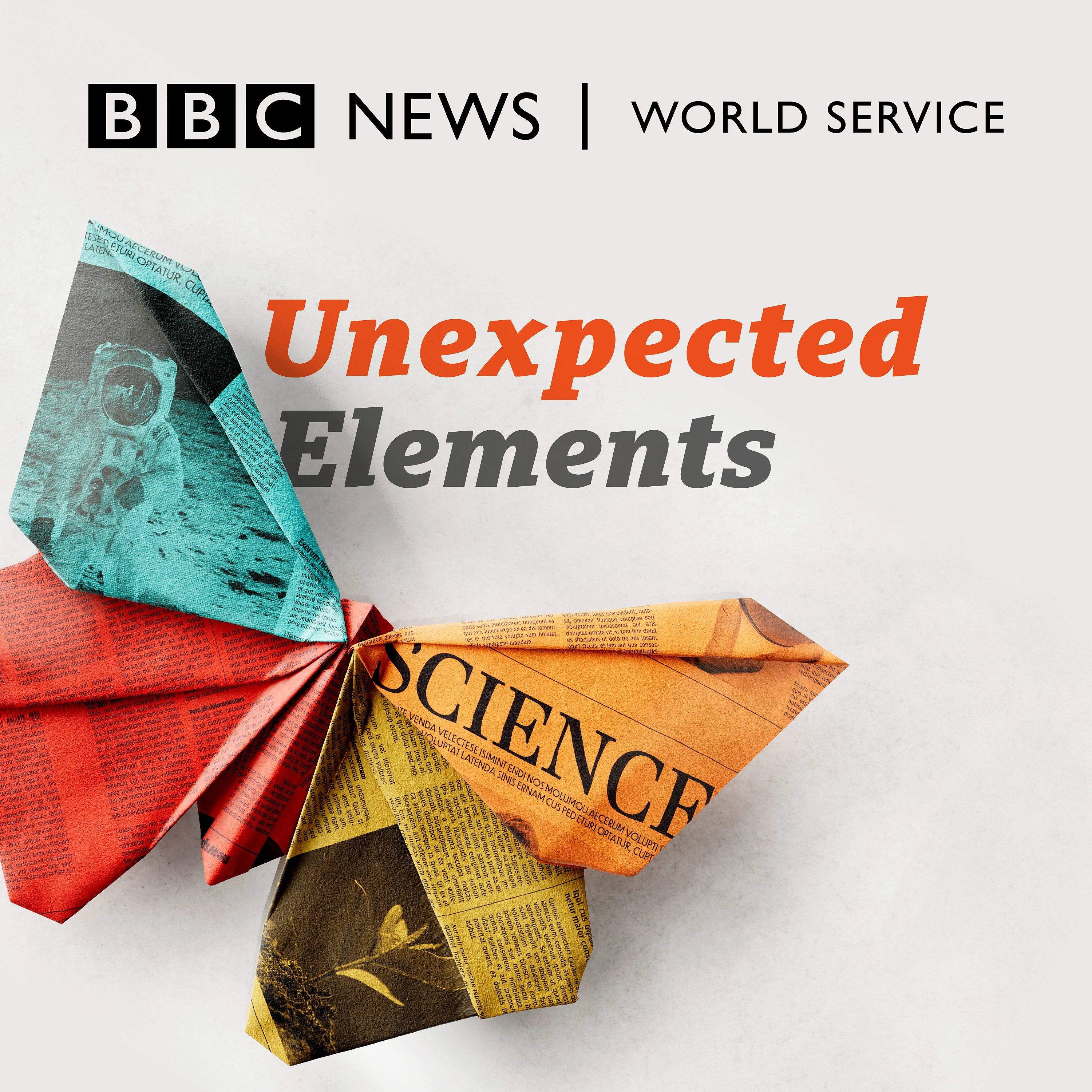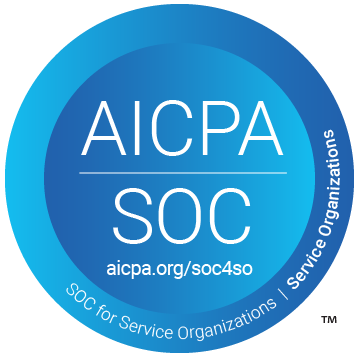Human genome editing: Promise and Peril
Description
We meet experts at the Human Genome Editing Summit in London, seeking to cure genetic disease and ensure that it is safe and available to all.
Roland Pease hears from Victoria Gray, the first person to be cured of the debilitating and life-shortening disease sickle cell anaemia by gene editing, and from the scientists making it possible.
Also, the prospect of work to attempt gene rescue in fetuses before they are born. But the technology is expensive and complex. The question troubling the participants is to ensure people across the world can benefit from it, not just the rich and privileged.
And what are the limitations of gene editing? Can it be made more effective, safer? And what of gene edits that will be inherited by future generations?
More Episodes
These days, over a trillion semiconductor microchips are made and shipped each year. The industry is worth eye-watering amounts, and since the 2020-2023 global shortage, nearly all governments are trying to get a slice of the industrial wafer.
But what was it like just 40 years ago trying to get...
Published 04/19/24
Published 04/12/24
Beyonce's new album tops the charts with a reappraisal of who can do country music and the Unexpected Elements team has a hoedown. Panellist Christine Yohannes unearths new research that changes our understanding of the origins of cowboys. Chhavi Sachdev has a thing or two to teach Beyonce as she...
Published 04/12/24


